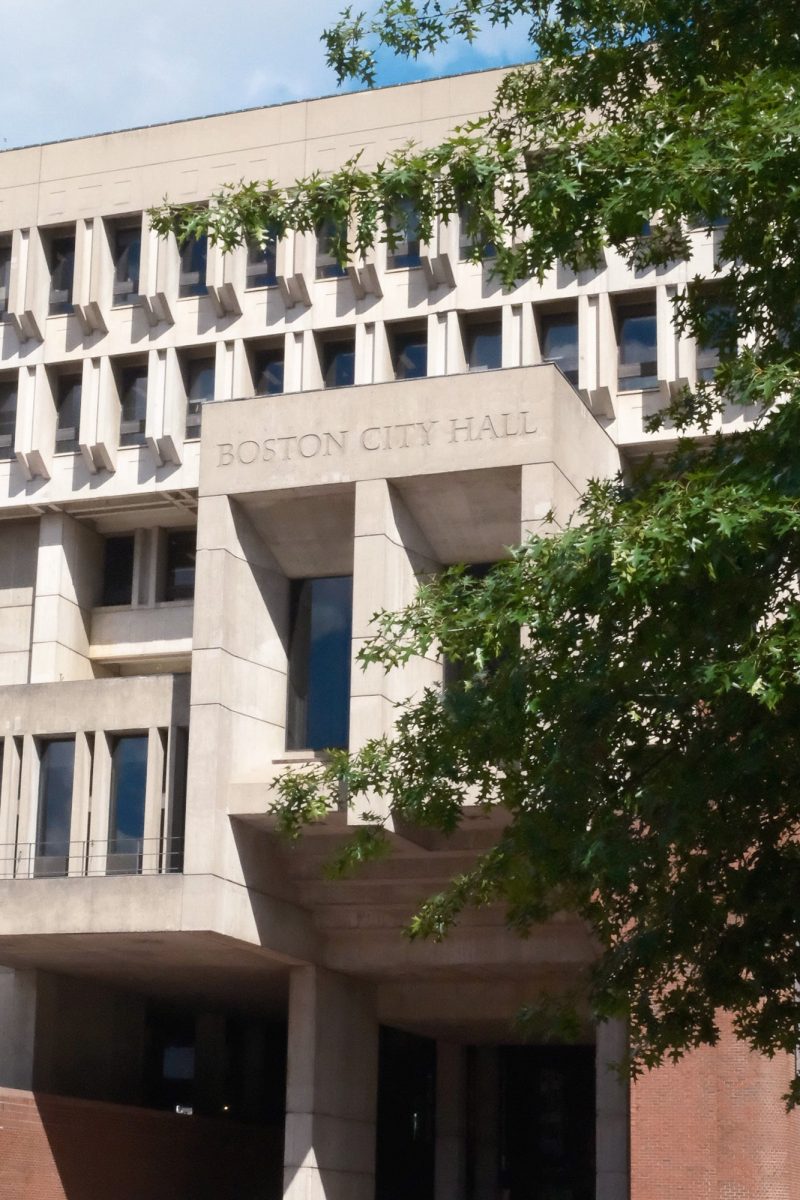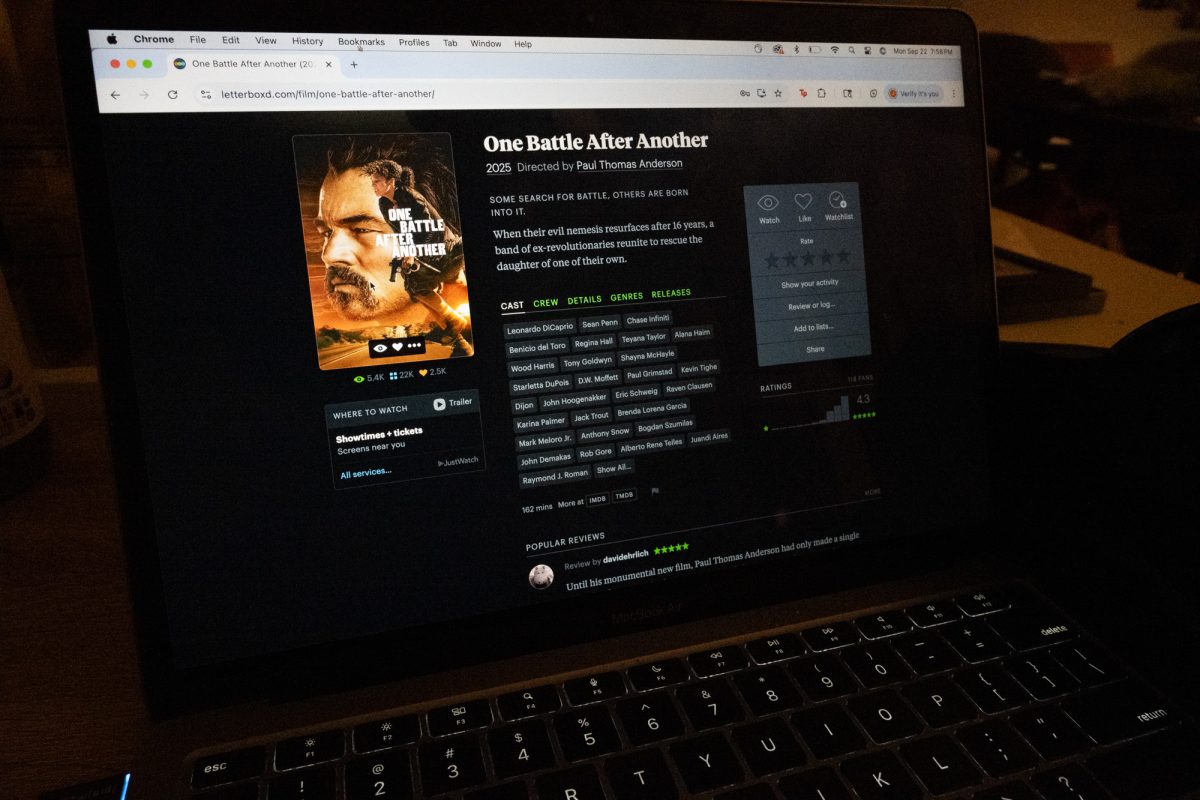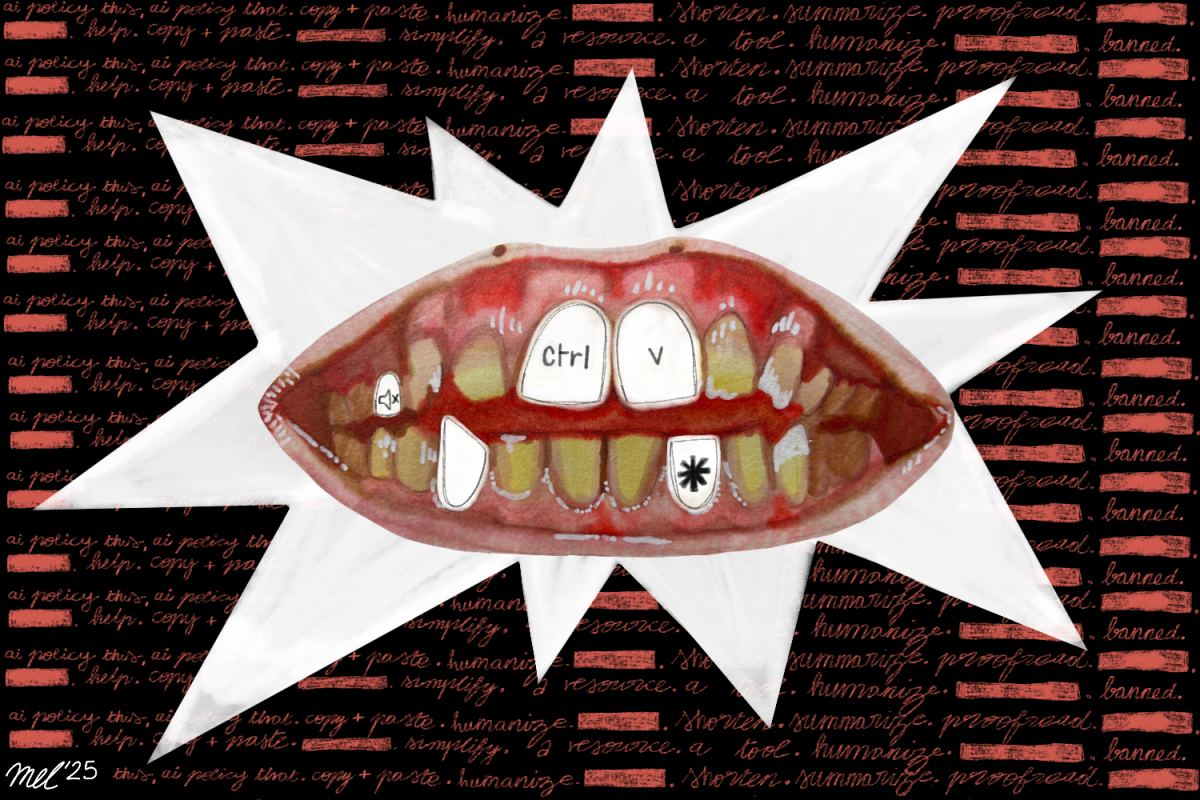[mediagrid cat=”20483″]
When Dzhokhar Tsarnaev walked through the door of Courtroom 9 in the John Joseph Moakley United States Courthouse on Thursday, the victims, family members and press in the previously chatty courtroom were suddenly quiet.
Tsarnaev took his usual seat between defense attorneys Judy Clarke and Miriam Conrad, and he stared straight ahead with little regard for the others in the room and nearly no facial expression. Tsarnaev’s behavior was nearly the same as it’s been each day of the trial since March 5, the start of the trial’s first phase, in which the jury determined his guilt.
As Tsarnaev settled into his seat, one person in the back row of the courtroom whispered, “He looks like a terrorist.”
And so began the third day of the penalty phase of the trial of Dzhokhar Tsarnaev, the 21-year-old former University of Massachusetts Dartmouth student who was convicted on April 8 of all 30 federal counts for which he had been charged. Among those 30 charges, Tsarnaev holds the responsibility for placing two bombs at the Boston Marathon finish line on April 15, 2013, killing three people and injuring more than 260.
In this phase of the trial, which began Tuesday, the jury will determine whether Tsarnaev will receive the death penalty or prison time for the charges levied against him. Of the 30 counts, 17 of them hold the death penalty.
Thursday was a shorter day in court than usual, ending around 1 p.m. when the prosecution rested their case. Court will resume on Monday morning when the defense is set to begin to present its case.
The morning began with the testimony of Marc Fucarile, a 36-year-old amputee who entered the courtroom in a wheelchair. When the bombs went off, Fucarile said he looked at the three friends he was with, and right away, he knew it “wasn’t good.”
With his right leg “amputated instantly through the knee,” Fucarile said, a nurse ran over to assist him where he was lying on the ground.
“I remember her screaming, ‘Oh [expletive], he’s still on fire,’” he said.
Fucarile reached down to help the nurse take off his belt, but as a result of the fire, the buckle gave his hand third-degree burns.
Since the marathon, Fucarile has spent hours and hours in hospitals, sometimes for testing and other times for surgery. He is scheduled to get the third revision surgery for his amputation on May 5.
Doctors are unsure as to whether he will be able to keep his left leg, and the risks to his continued medical status, Fucarile said, can vary.
“It could be anything from infection to death,” he said.
Next up to testify was Heather Abbott, who spent her Patriots’ Day 2013 doing what she had done for many years — attending the annual Red Sox game and then walking over to the marathon finish line on Boylston Street. That year, her group of about six friends decided to meet at Forum restaurant, the site of the second explosion.
Abbott was standing at the entrance to the restaurant with two of her friends when the bomb went off. Abbott said she was “catapulted” through the front doors of Forum.
“I landed on the ground in a puddle of chaos and glass and blood,” she said. “I felt like my foot was on fire. I was in excruciating pain.”
Her foot wasn’t on fire. But the pain she felt in her mangled foot that day would lead her to making “the hardest decision [she] ever had to make,” only days after the bombings.
After three attempts to salvage Abbott’s left foot, her surgeon gave her a choice — amputate her leg below the knee, even though only her foot was affected, so that she could have the option of using a prosthetic limb, or fuse her ankle, a procedure that could keep her from ever running again.
Abbott chose the amputation.
Rounding out the witnesses for the morning was David King, an acute care surgeon at Massachusetts General Hospital, whose 14 years of experience in the military gave him a deeper understanding of working with injuries caused by improvised explosive devices, he said.
“I looked across the patients, and I knew immediately without anyone really having to tell me, exactly what the wounding mechanism was and what had happened,” he said. “The pattern of injuries was fairly predictable and stereotypical for injuries I had seen hundreds of thousands of times caused by explosive devices.”
Of the three patients King personally oversaw on the day of the marathon, he said there was one patient with such significant ongoing blood loss that he thought they were going to die right in front of him.
“Most people can look at another human being who is hurt and figure out who is dying and who is not dying,” he said.
King said while treating patients with the pattern of injuries caused by IEDs, hemorrhage control — stopping the blood loss — is the first priority. From there, recovery is a step-by-step process, rather than one continuous medical marathon.
Following the mid-morning break, the questions posed to King focused on the definition of pain, and the type of pain experienced by victims at the finish line.
There are two types of pain: somatic pain, which people are most familiar with, and visceral pain, which King defined as “an excruciating pain that you can’t describe well.”
The two types of pain are treated differently, King said, but the visceral pain most victims were experiencing that day is much more difficult to control.
The final questions to King focused on Martin Richard, the 8-year-old Dorchester resident who was killed outside Forum restaurant as a result of the second explosion.
King first clarified that bleeding out, while sometimes a quick process, is never instantaneous, meaning despite Martin’s severe injuries, his death was not instant.
One of the last questions posed to King before he left the stand was whether Martin’s injuries, namely the evisceration of his abdomen, caused him pain, to which King answered simply: “Yes, without question.”
Next, the prosecution called FBI field photographer Michelle Gamble to the stand, asking her to speak specifically about the pictures she took of the scene outside Forum restaurant.
Using a life-size photograph of the scene, the prosecutors asked Gamble to stand where Martin stood, then where the bomb was placed. Despite multiple objections from the defense, the prosecution was allowed to continue.
Before Gamble left the stand, the prosecution showed the jury and courtroom a surveillance video of the second explosion, a video clip seen often throughout the course of this trial. However, this video, unlike the others, was synced with audio, taken from an Atlantic Fish Company surveillance tape.
Gamble was asked to draw a circle around Martin Richard in the video, and then the clip was played.
And though the surveillance tape of the second explosion has been shown again and again, many people in the courtroom gasped upon simultaneously hearing and seeing the second bomb explode, with the yellow circle around Martin Richard following the 8-year-old as he fell to the ground.
The final witness for the day, and thus the final witness for the prosecution, was Steve Woolfenden, a cancer biologist who attended the marathon in 2013 with his then-3-year-old son to watch his wife Amber cross the finish line.
He never saw her cross the finish line, though. Standing outside Forum restaurant with his son in a stroller, Woolfenden tried to quickly leave the area when he heard the first explosion, but he didn’t get the chance before the second bomb went off.
After the second explosion, Woolfenden looked down at his leg and saw “a piece of Scotch tape covered in blood,” a body part he later identified as his Achilles tendon.
“I was wearing boots at the time, and my left boot was next to my now-stump, and protruding from the top of the boot was my tibia, and there was a large amount of blood present,” he said.
He quickly opened the hood of the stroller to check on his son, Leo, who had a laceration to his head and was screaming, “Mommy, Daddy” over and over again. Several bystanders came over to assist Woolfenden and his son, he said, but overall, he was simply “terrified.”
Outside Forum restaurant, Woolfenden found himself next to Denise Richard, Martin’s mom, who was yelling, “Martin, please,” repeatedly, “just pleading with her son,” Woolfenden said.
The prosecution closed with a later portion of the surveillance tape. Approximately a minute after the second explosion, the area in front of Forum was nearly empty, aside from a handful of victims unable to move themselves. Among them, Martin was lying on the ground with his mother leaning over him.
“I saw Martin’s face and I could see that, I could see a boy that, it looked like he was fatally injured,” Woolfenden said. “I saw his hair had been singed. I saw that his eyes were rolled to the back of his head, and his mouth was agape.”
The last the surveillance video sees of Martin is his arms, reaching up before they flop back to the ground.
“I placed my hand around her back, and Denise turned to me for a moment and asked me if I was OK,” Woolfenden said. “I said, ‘Yes I’m fine.’”
And then, he said, she turned her full attention back to her fading son.













































































































